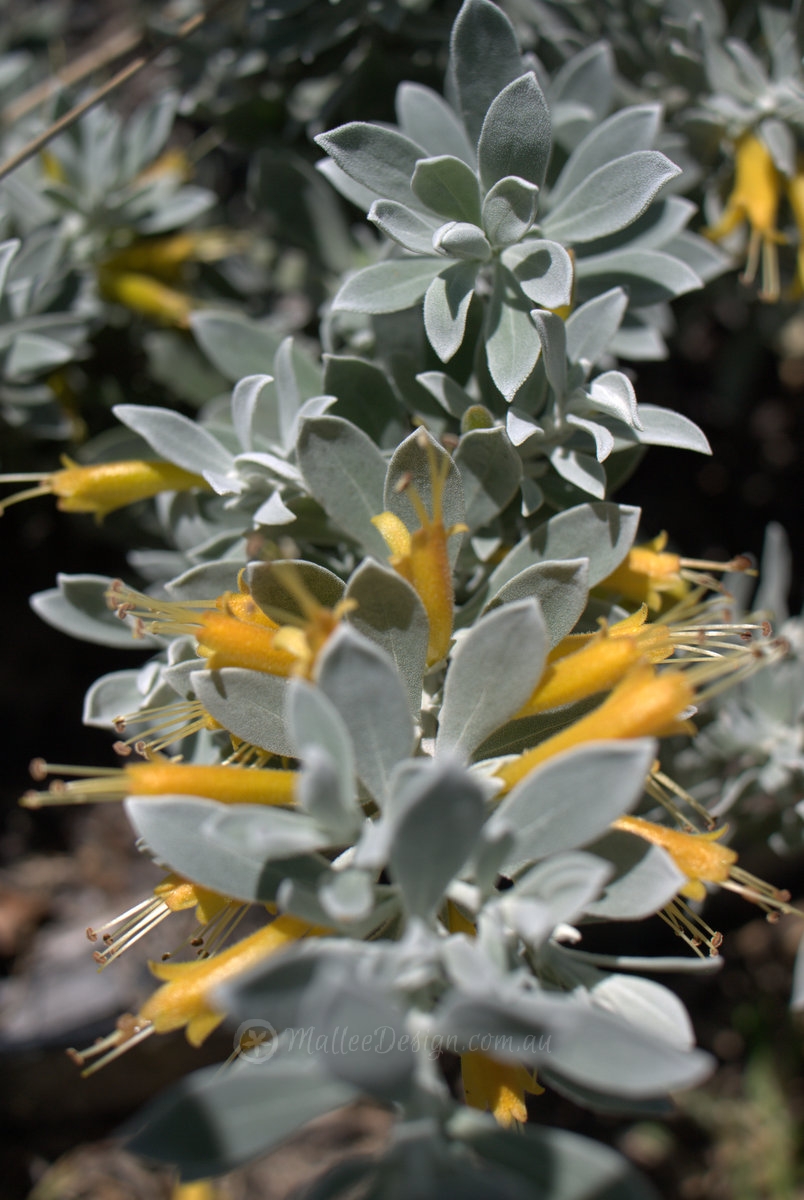-
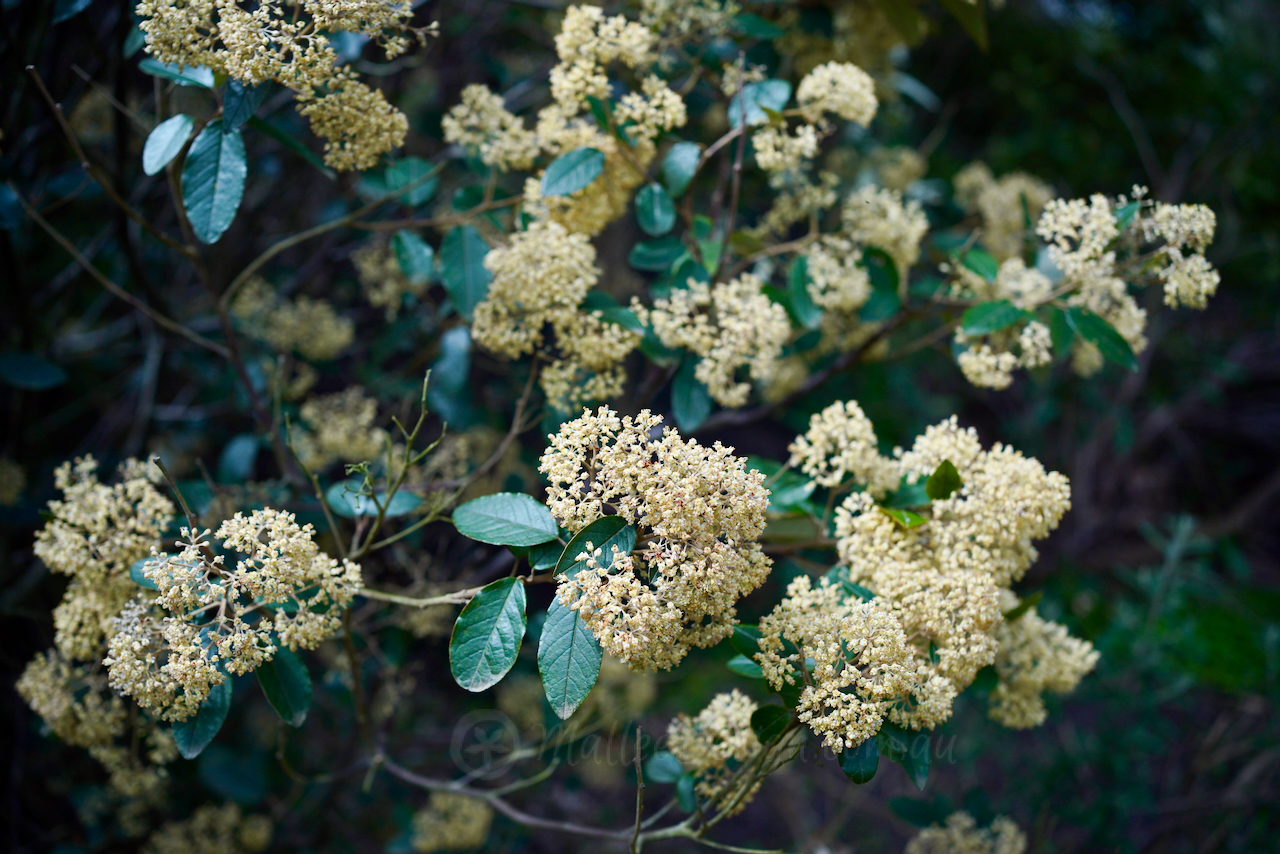
Pomaderris Elliptica: feature screening
After much sleuthing and a little bit of travel I have finally figured out which Pomaderris I saw flowering its head off in Cranbourne Botanical gardens last year. It only took a quick dash around Hobart Botanical Gardens, a few weeks ago, where I spotted it with a label! I am also guilty of planting…
-
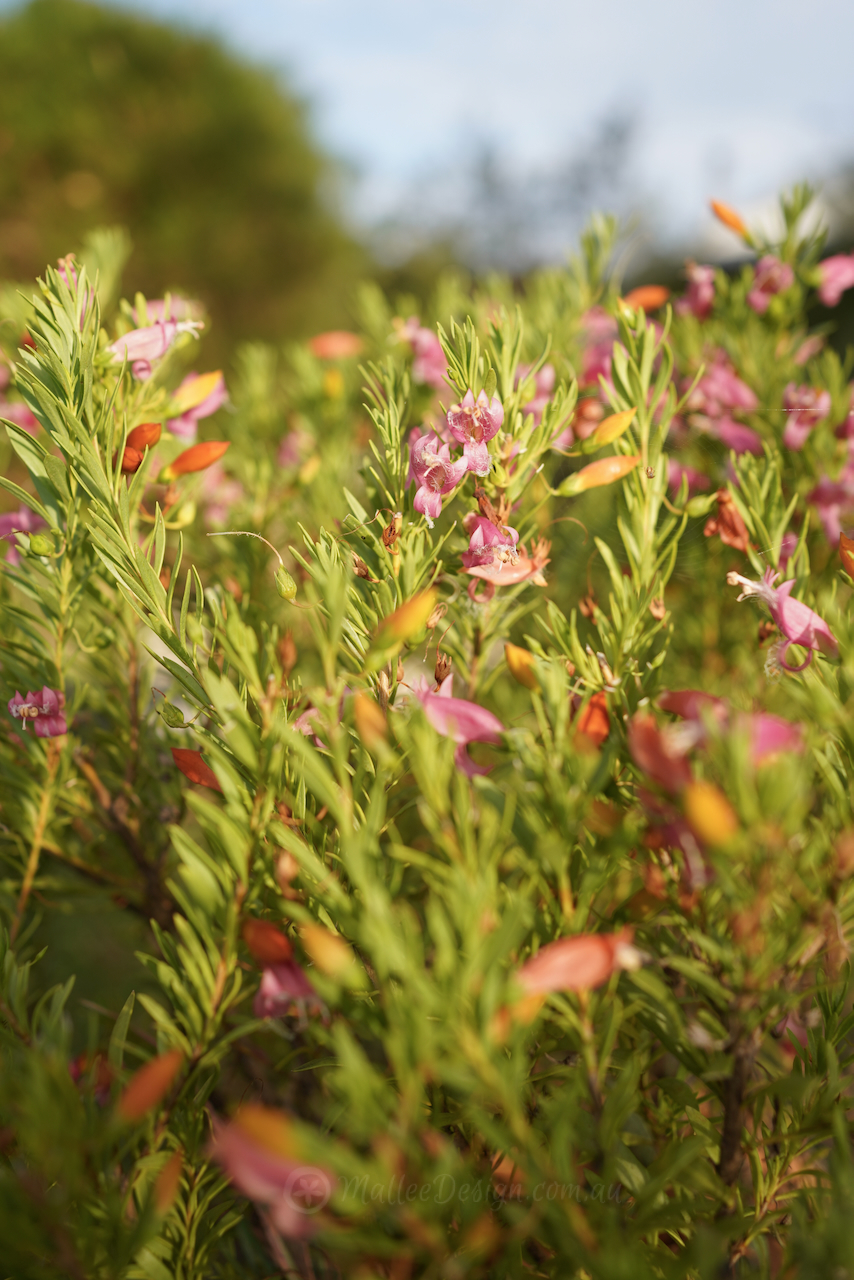
So much Joy: Eremophila racemosa x maculata ‘Fairy Floss’
This Emu bush is always a great performer in a difficult postion, providing so my joy with its multicolured buds and blooms. I have been growing Eremophila ‘Fairy Floss’ for a number of years now and have found it to be particularly tough and hardy. What I didn’t realise was that it is a cross…
-
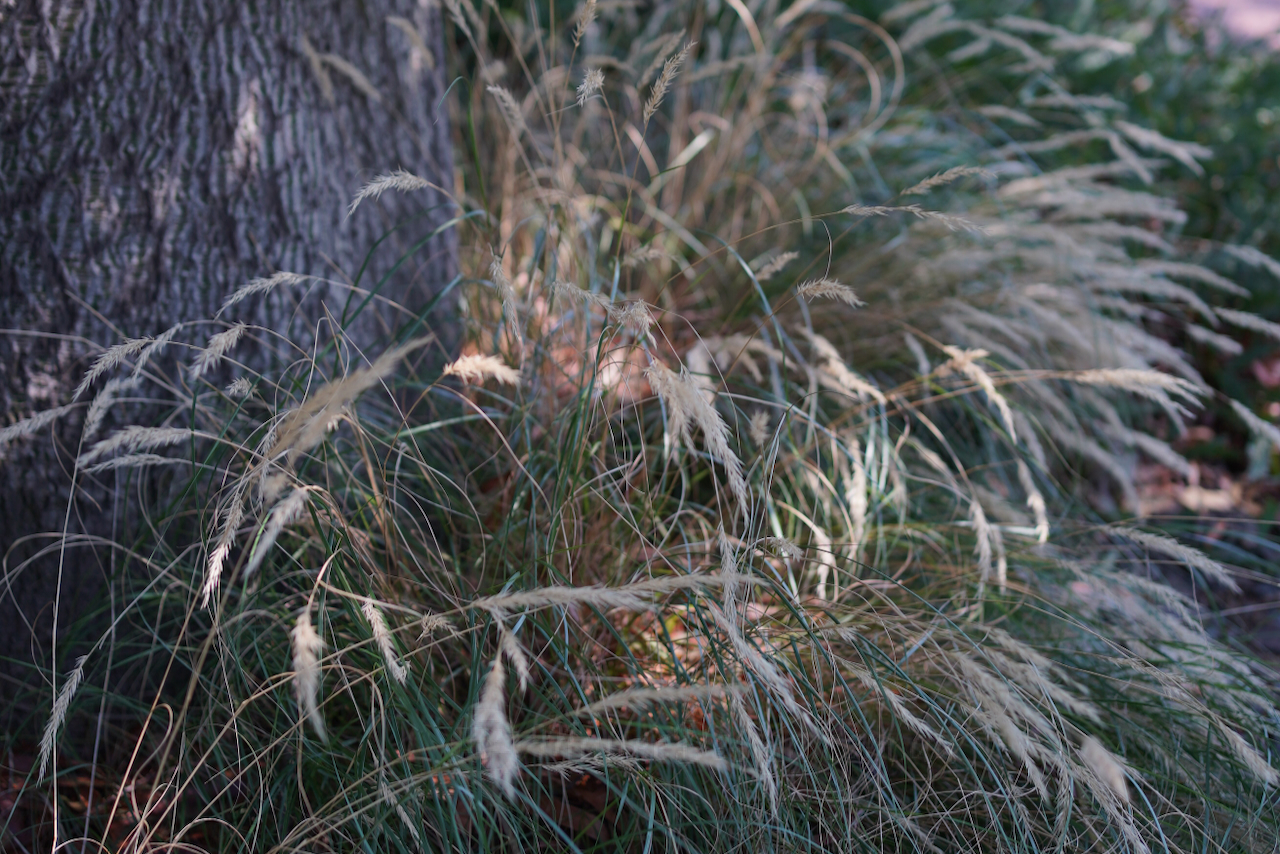
The little brother:Rytidosperma racemosum
I don’t know why but I have always thought of Wallaby Grass as the little brother to Kangaroo Grass. I adore native grasses, they are such an important part of a native planting palette, providing texture and movement and they also play a crucial role as a food source for wildlife. This sweet little native…
-
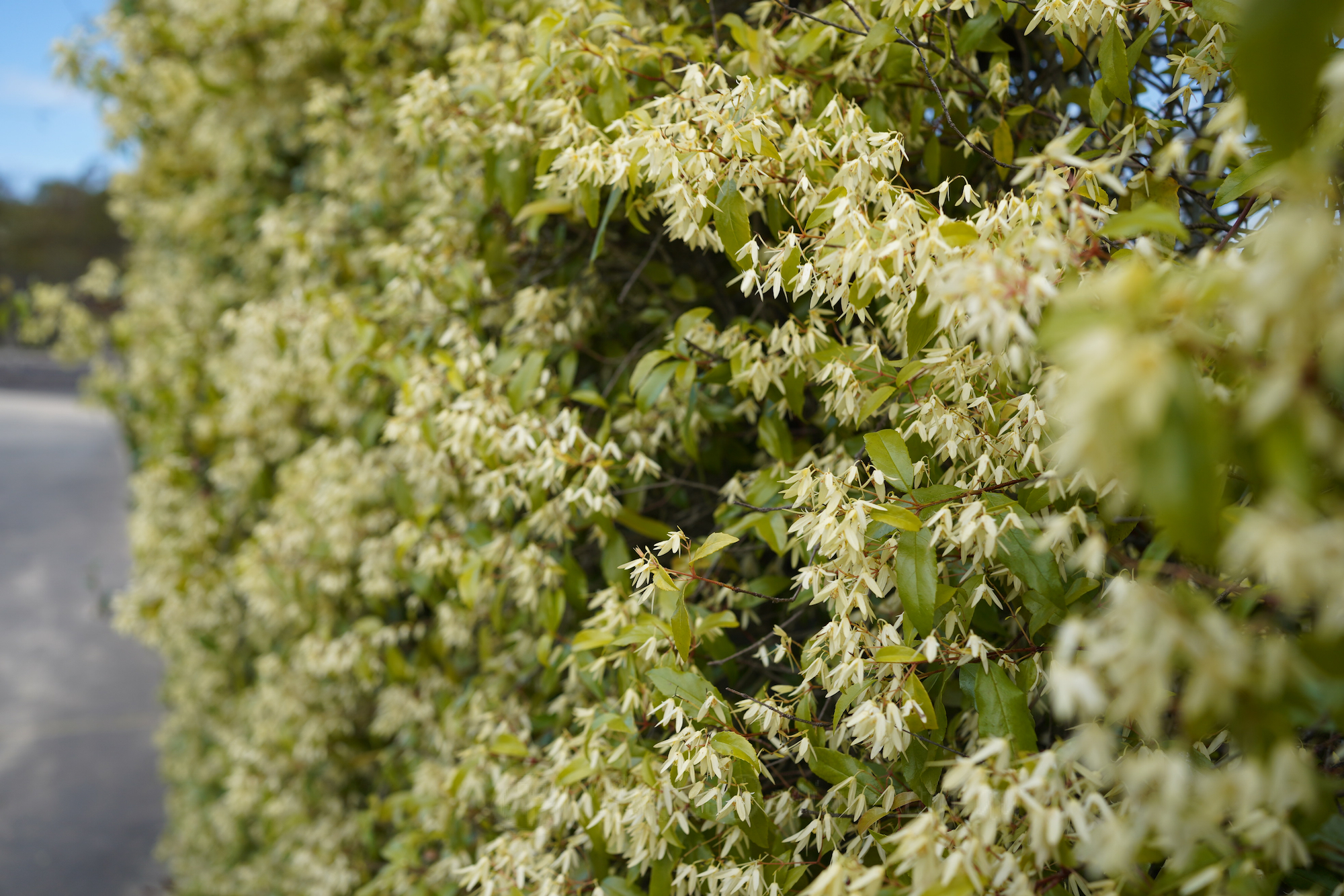
The perfect concealer: Aphanopetalum resinosum
Aphanopetalum resinosum is the answer to many difficult positions in the garden, from dark shady dry corners of the garden to ugly fences or buildings which need to be greened up, Gum Vine may be the solution. This robust native vine has bright green shiny leaves and reddish stems and when it is in flower…
-
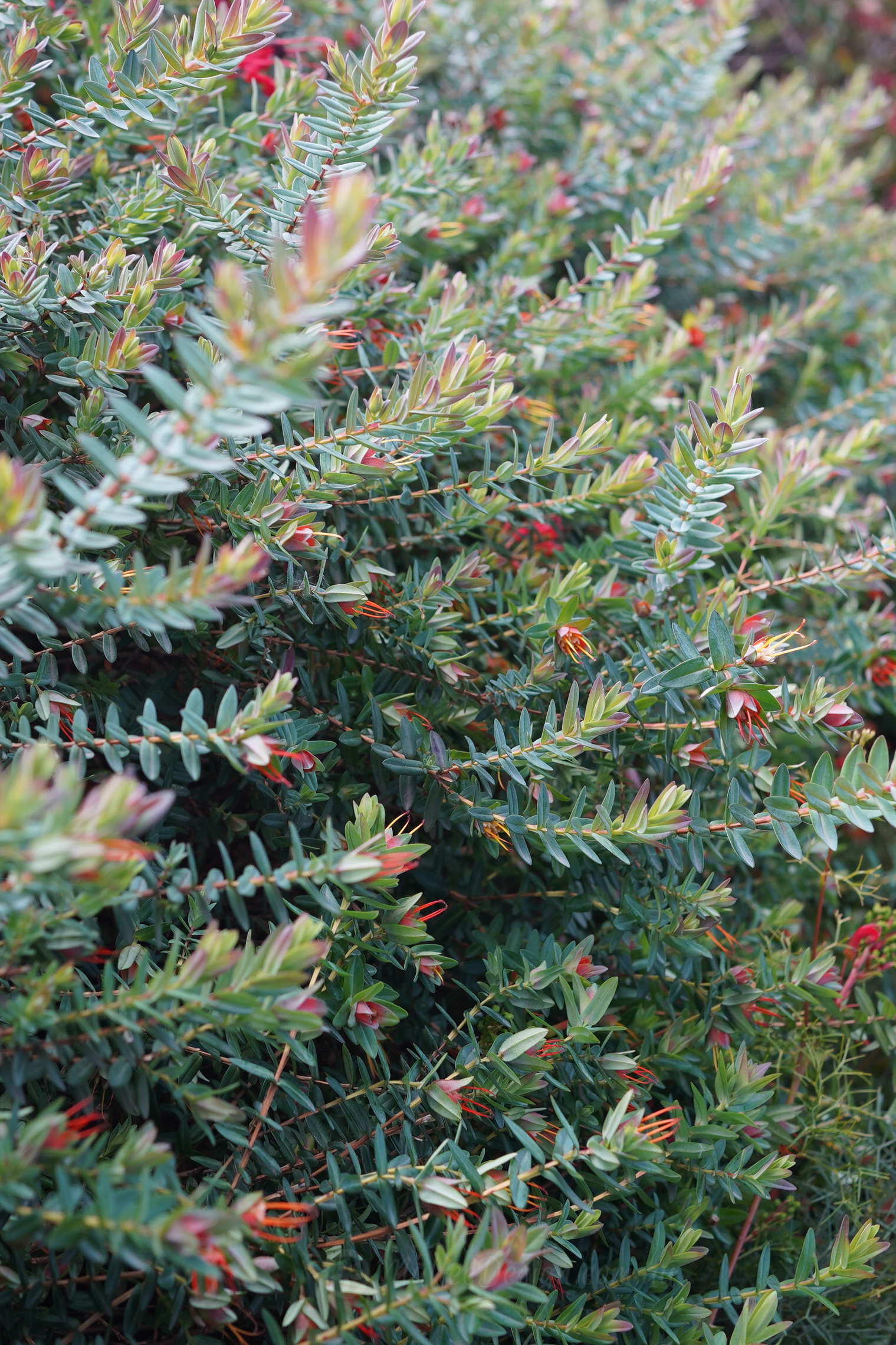
Darwinia citriodora another WA toughie
To be honest I didn’t realise this lovely medium shrub hailed from the West, silly me. I think I assumed Darwinias were local to coastal NSW due to the prominence of taxifolia and fascicularis when I go bushwalking close to home. They are a stunning Genus, all have intresting leaf structure and get covered in…
-
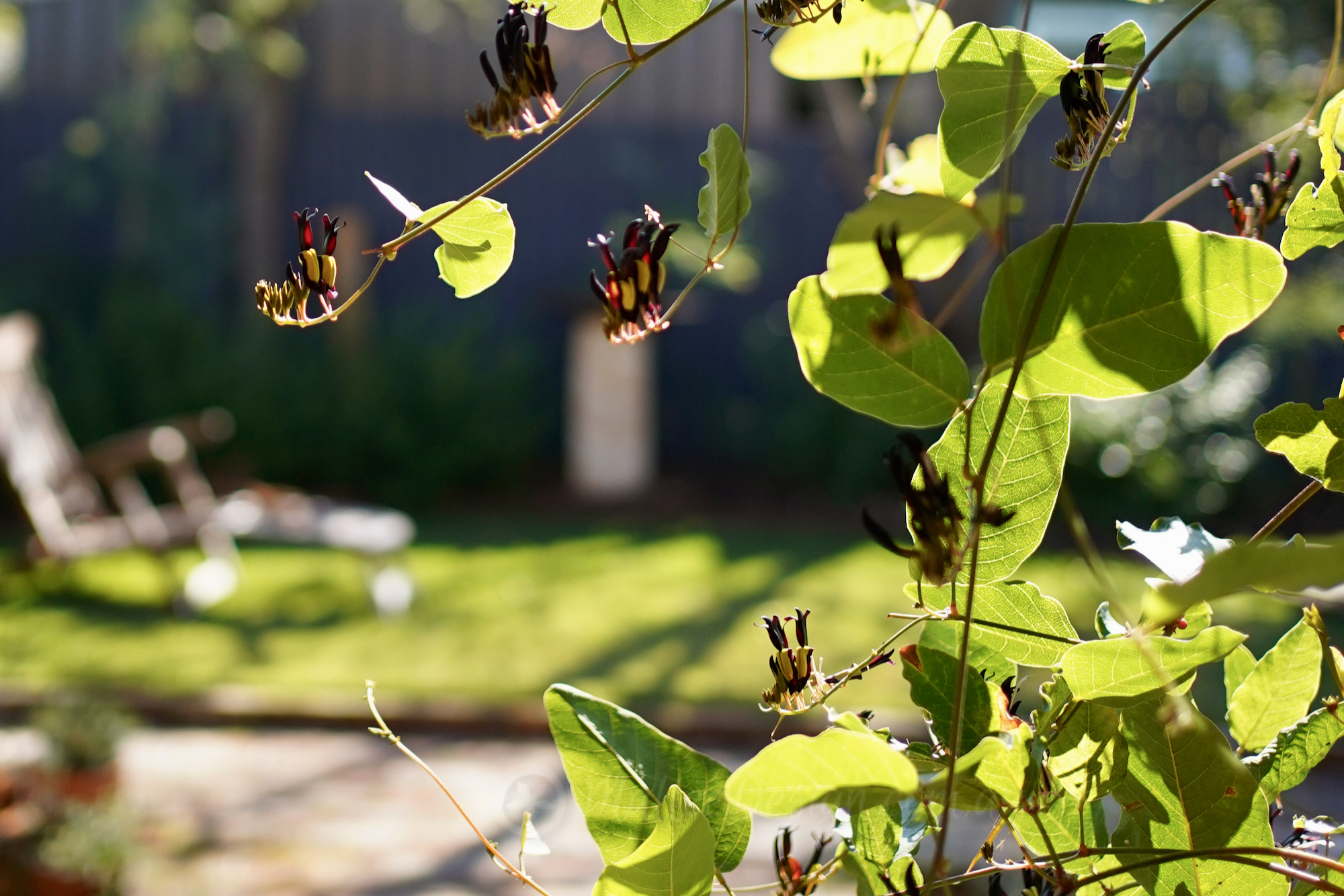
Eye catching Kennedia nigricans
Kennedia nigricans is an unusual climber which tends to draw in everyones attention. I use this Western Australian species whenever I need a quick growing cover to screen, suppress weeds or create shade. The large bright green leaves are broad for a Kennedia and the pea flowers hide a little amongst the foliage, but once…
-

The unique Viminaria juncea
There aren’t many plants which you could get this species confused with, especially when it is in full flower. Viminaria juncea is a stand out feature shrub or small tree which is quite common in our bushland but not so often seen in cultivation. Shrub to 5mts tall The yellow pea flowers located on long,…
-

Calothamnus quadrifidus grey: texture and toughness
I thought I had already dedicated a blog post to this steadfast native shrub but have just realised it has featured a few times but hasn’t been praised individually yet. Very strange as this is a staple in many of my screening plantings or used as a feature shrub, especially as it will quite happily…
-

Calothamnus quadrifidus yellow : The younger sibling
This is the lesser known One sided bottlebrush, the sibling in the shadows if you will, of the very showy Calothamnus quadrifidus ‘Grey’. I love both of course, and I think this green leaf form of Calothamnus deserves to be utilised a lot more in the garden. Calothamnus quadrifidus ‘Yellow’ is a very hardy medium…
-
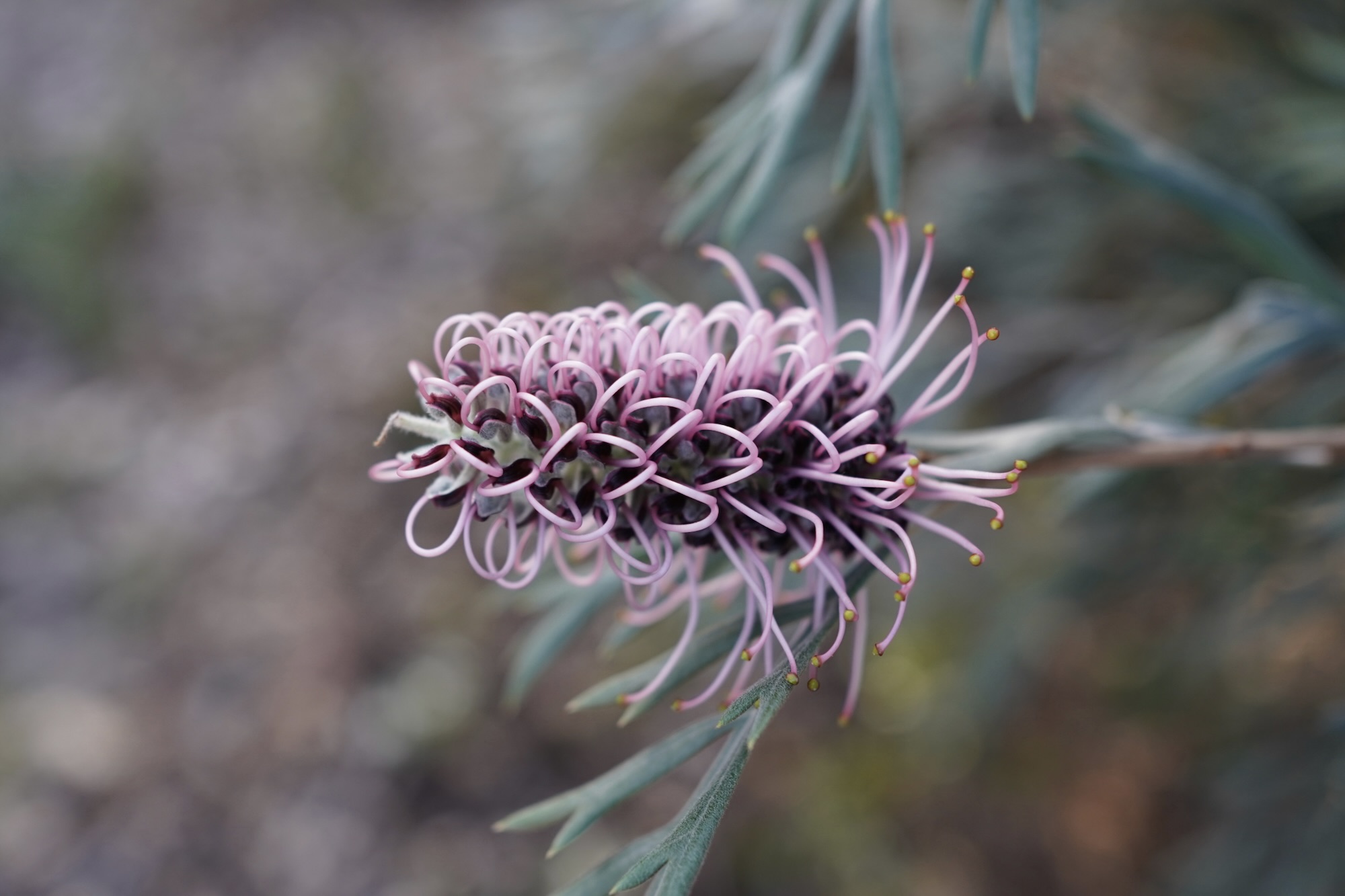
The Invaluable Grevillea ‘Dorothy gordon’
I struggle a little with some of the Large flowering Grevilleas, they tend to attract the more aggressive nectar feeding birds like Rainbow Lorikeets and Noisy Miners. These birds then tend to dominate the garden scaring away the smaller more timid birds. However I do make an exception for a hand full of large flowering…
-
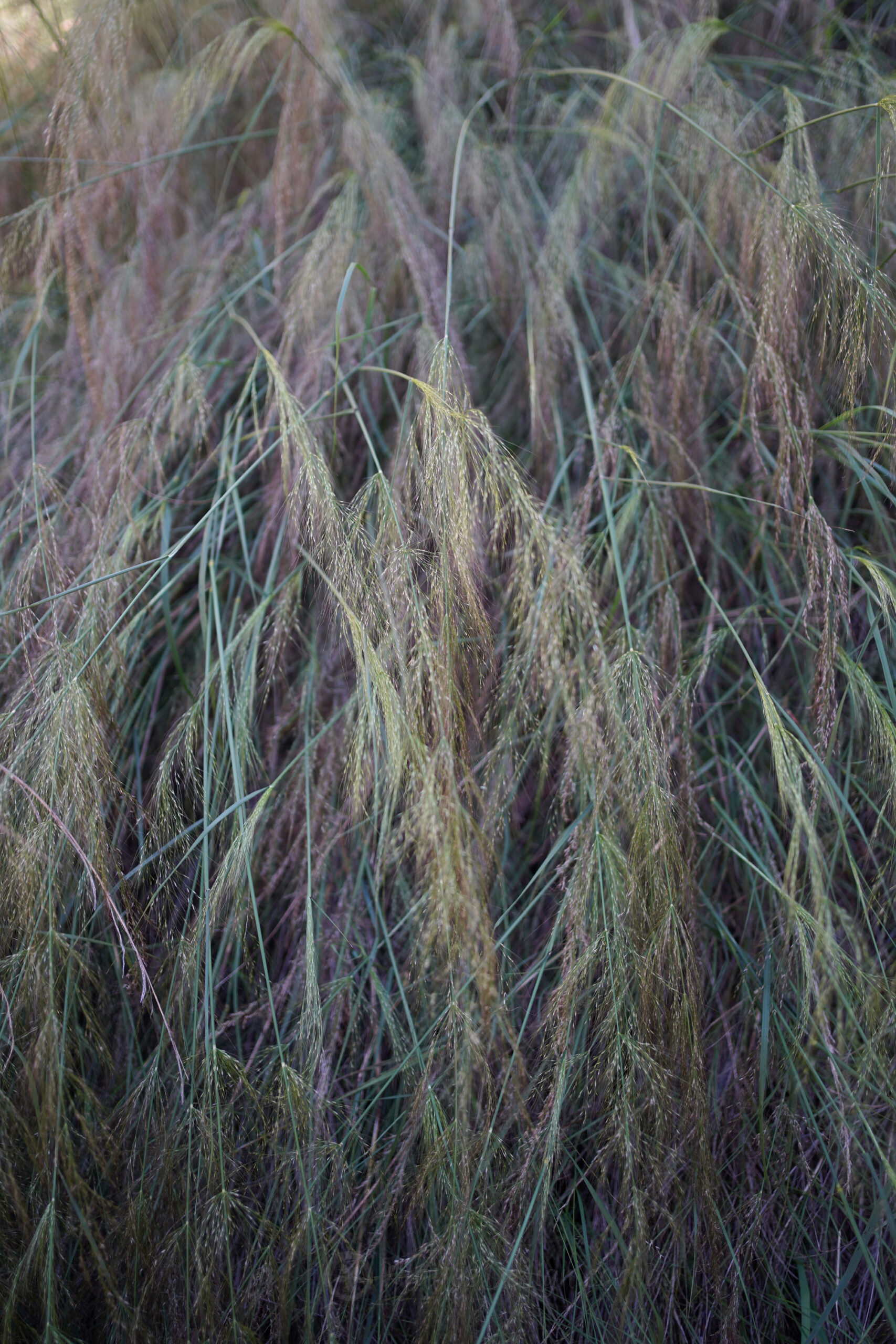
Another striking Australian Ornamental Grass: Austrostipa verticillata
I saw this species of Austrostipa growing in Canberra a few weeks back, and photographed it thinking it was Austrostipa ramosissima. However, on closer inspection I realised it was a native grass which I hadn’t come across before, how exciting! a newbie to add to my native ornamental grass planting palette. After much research I…
-
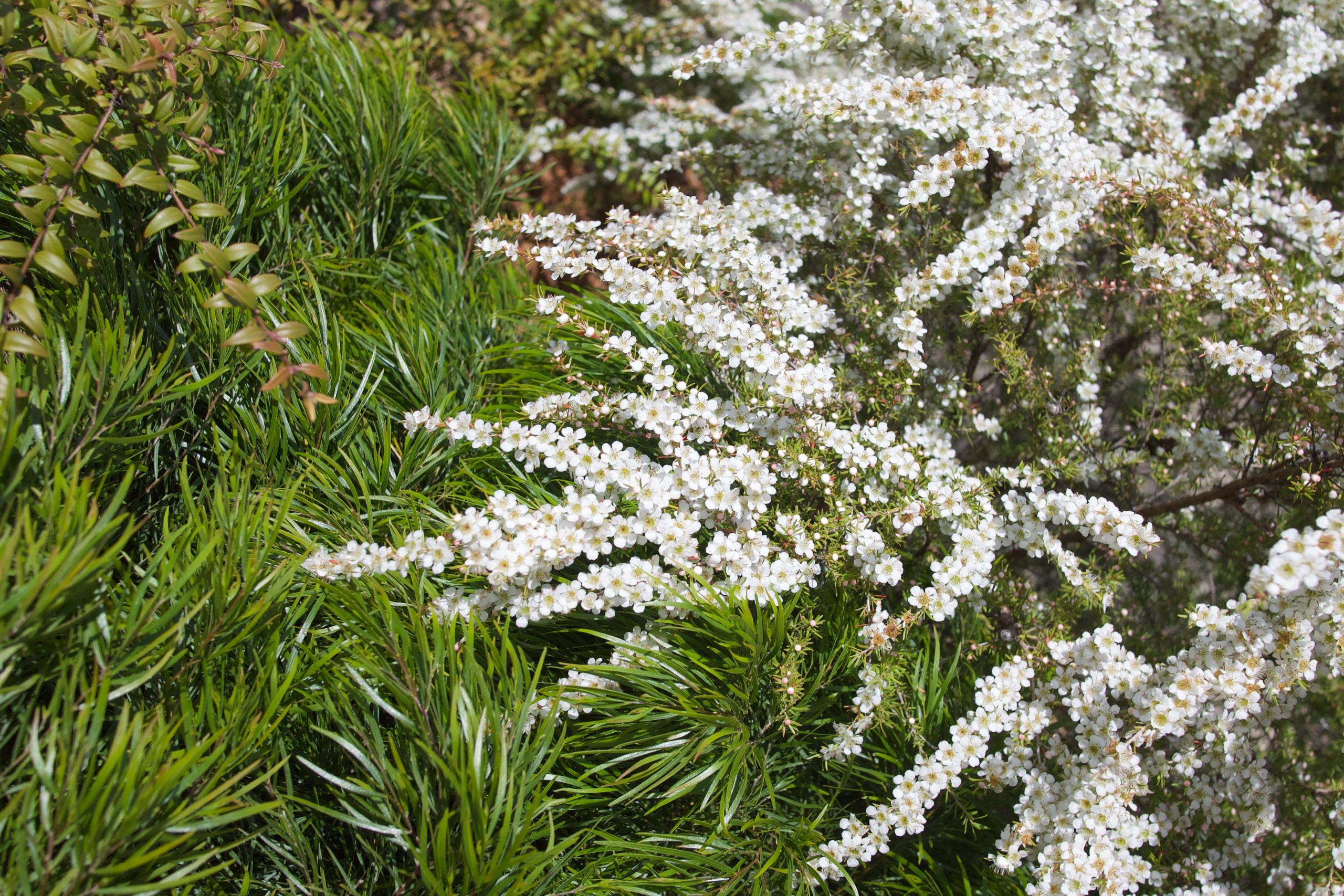
Leptospermum ‘Cardwell’: the most floriferous of them all
Leptospermum ‘Cardwell’ becomes fully veiled in white flowers from late winter through to spring and early summer, it appears to be covered in white fluffy snow and is quite the show stopper. The weeping habit is a favourite of mine and it will happily grow in tropical, subtropical, and in cooler temperate climates. An elegant…
-
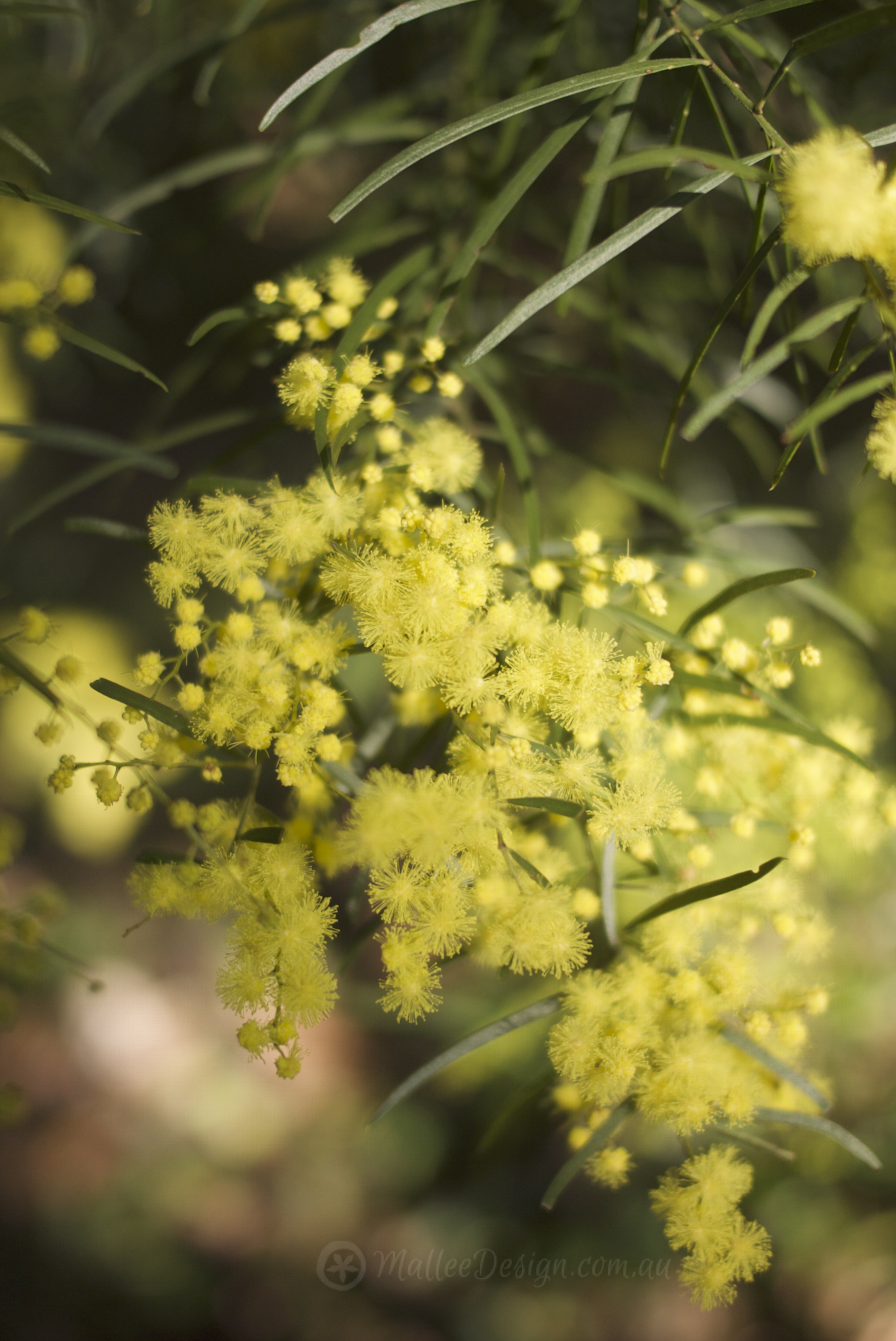
Happy National Wattle Day!
We hope your gardens are in full bloom and continue to bring you and the native wildlife joy throughout the month of Spring. This years Wattle is Acacia linifolia or Flax Wattle, it flowers from Summer through to Winter. Changes are afoot this month and we have some some exciting announcements which we thought worthwhile…
-
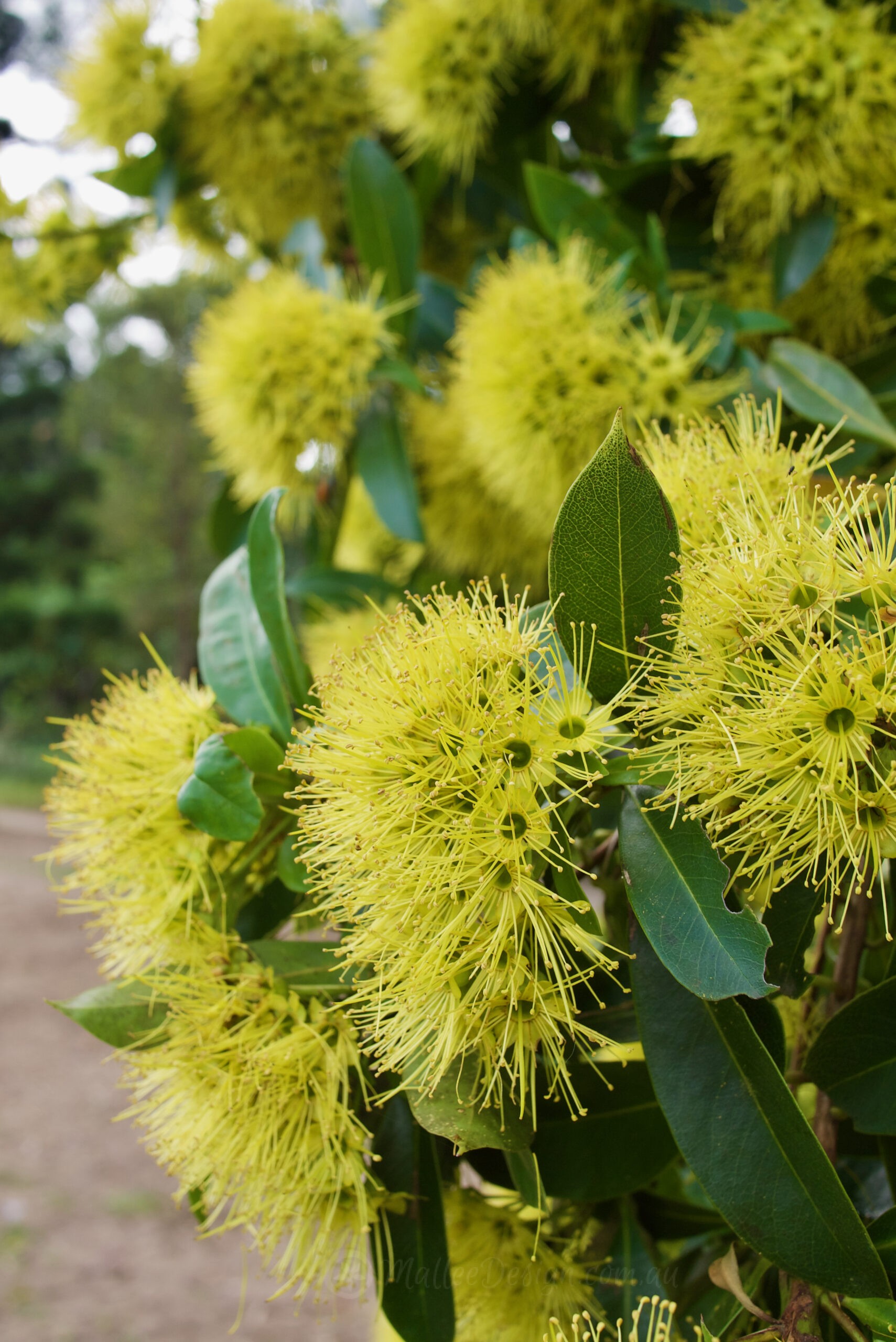
Luscious, Dense and Green: Xanthostemon chrysanthus
This showy small to medium tropical tree was flowering its head off on my recent trip to Brisbane and northern NSW. It was such a welcome sight after the damp, soggy Summer we have had, finally a species revelling in all the rain! Xanthostemon chrysanthus is also known as ‘Golden Penda’ and comes in a…
-
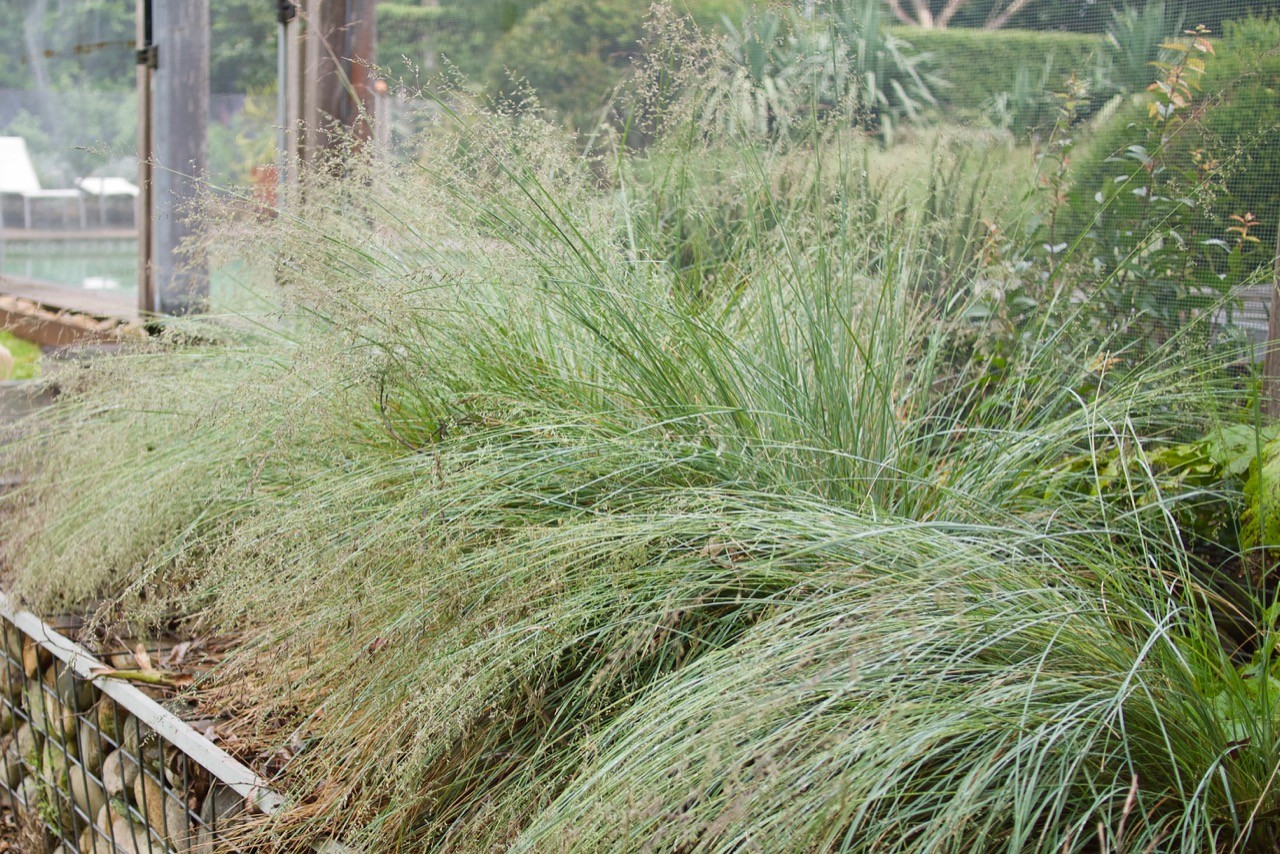
My Favourite Poa: Poa ‘Suggan Buggan’
Since discovering this super blue grey form of Poa labillardieri I have been throwing it around with gay abandon 😉 my love for native grasses and Poas in particular is something which is pretty obvious when you see some of my designs. They are soft and weeping, quick growing and hardy and make a wonderful…
-
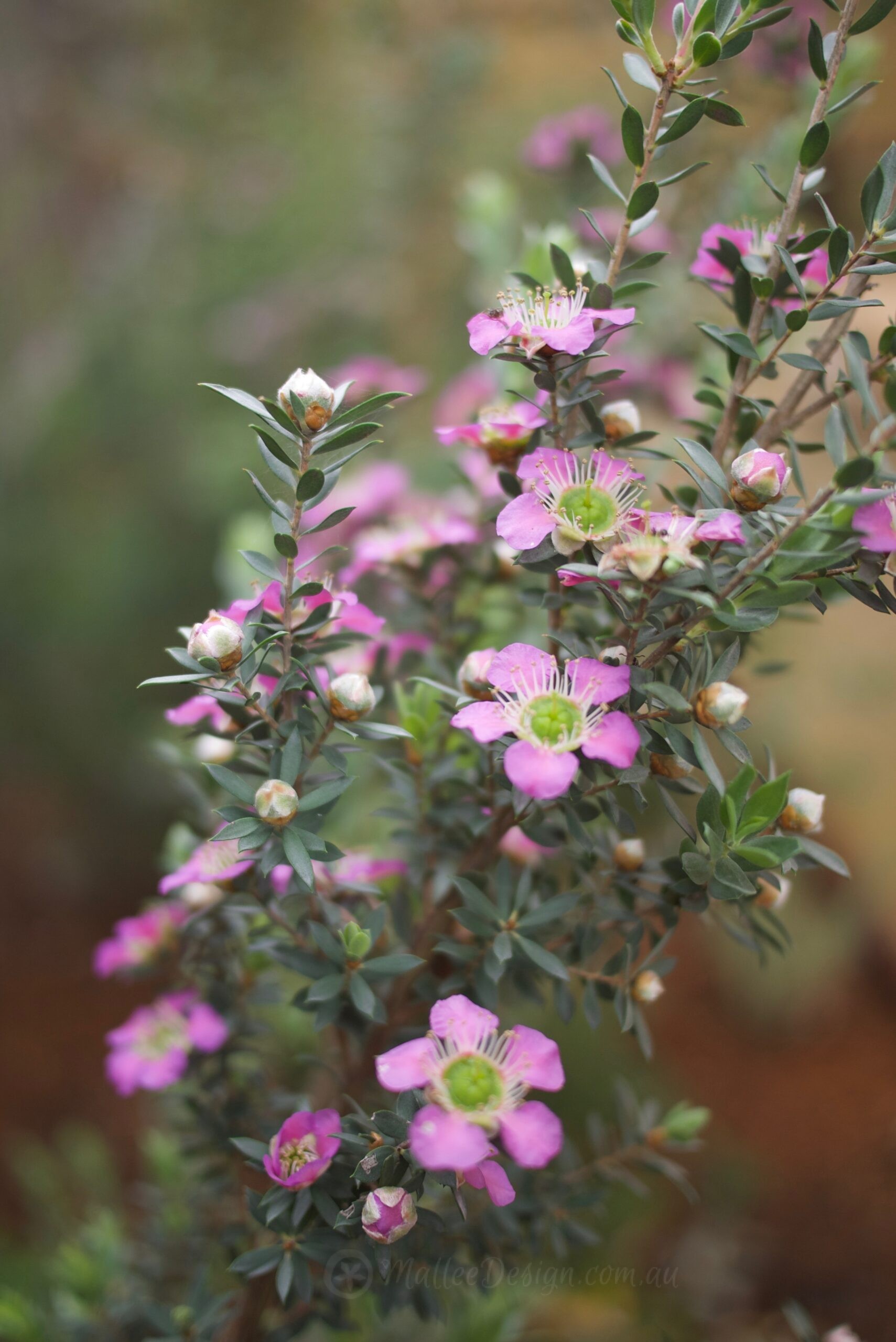
Powerful Pollinators: Leptospermums
We are mid the Australian Annual Pollinator Week and I have been admiring our our native tea trees all Spring so I thought I would bring them to your attention this week as they are wonderful plants to grow for our native pollinators. “Australian Pollinator Week acknowledges our important and unique insect pollinators during our…
-
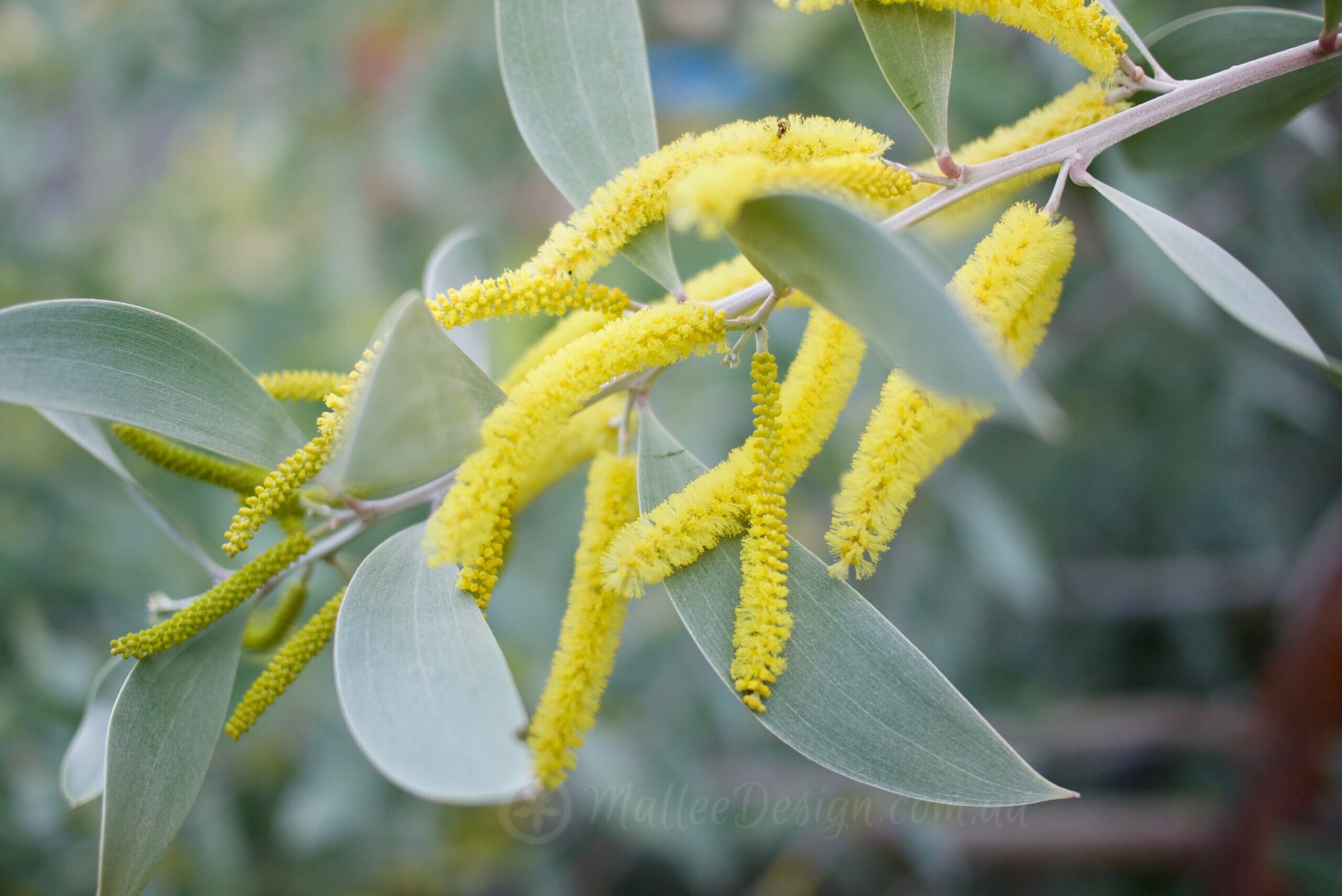
Happy National Wattle Day: Acacia binervia ‘Sterling Silver’
Spring! if ever there is a seasonal change to bring hope and excitement for the future surely Spring is it? I have been watching the Wattles all Winter long, they have been lovely this year and very appreciated during extended lockdown wanders. But now we have made it to Spring (Hooray) a time for growth…
-
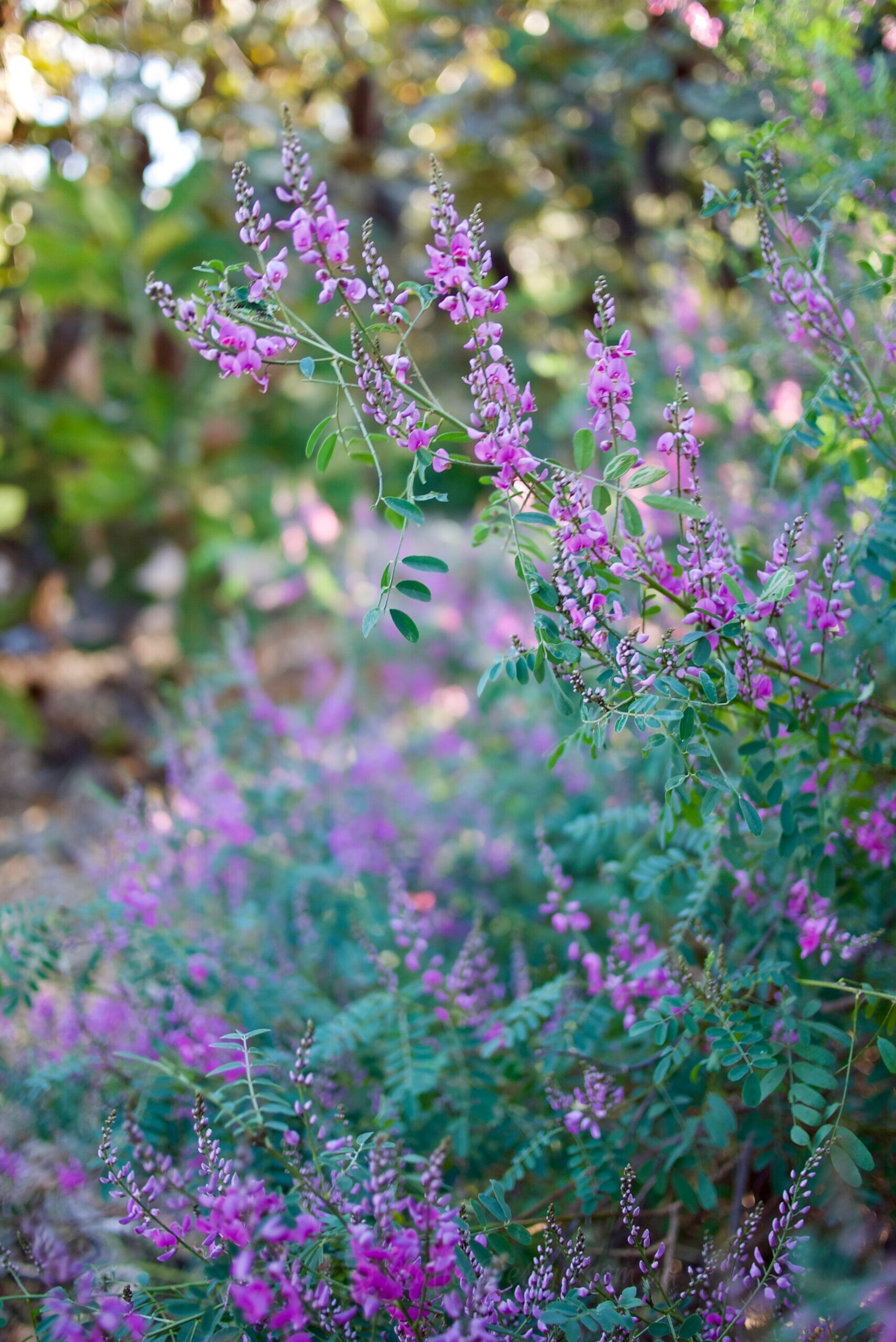
The little purple pea that could: Indigofera australis
This is a common medium sized shrub that really can do anything…..it can fill a dark boring corner, it can flower profusely, it can provide lots pf nectar rich flowers for bees and butterflies, it can grow extremely quickly and it can look amazing! Indigofera australis or Native Indigo is a common 2 metre shrub…
-
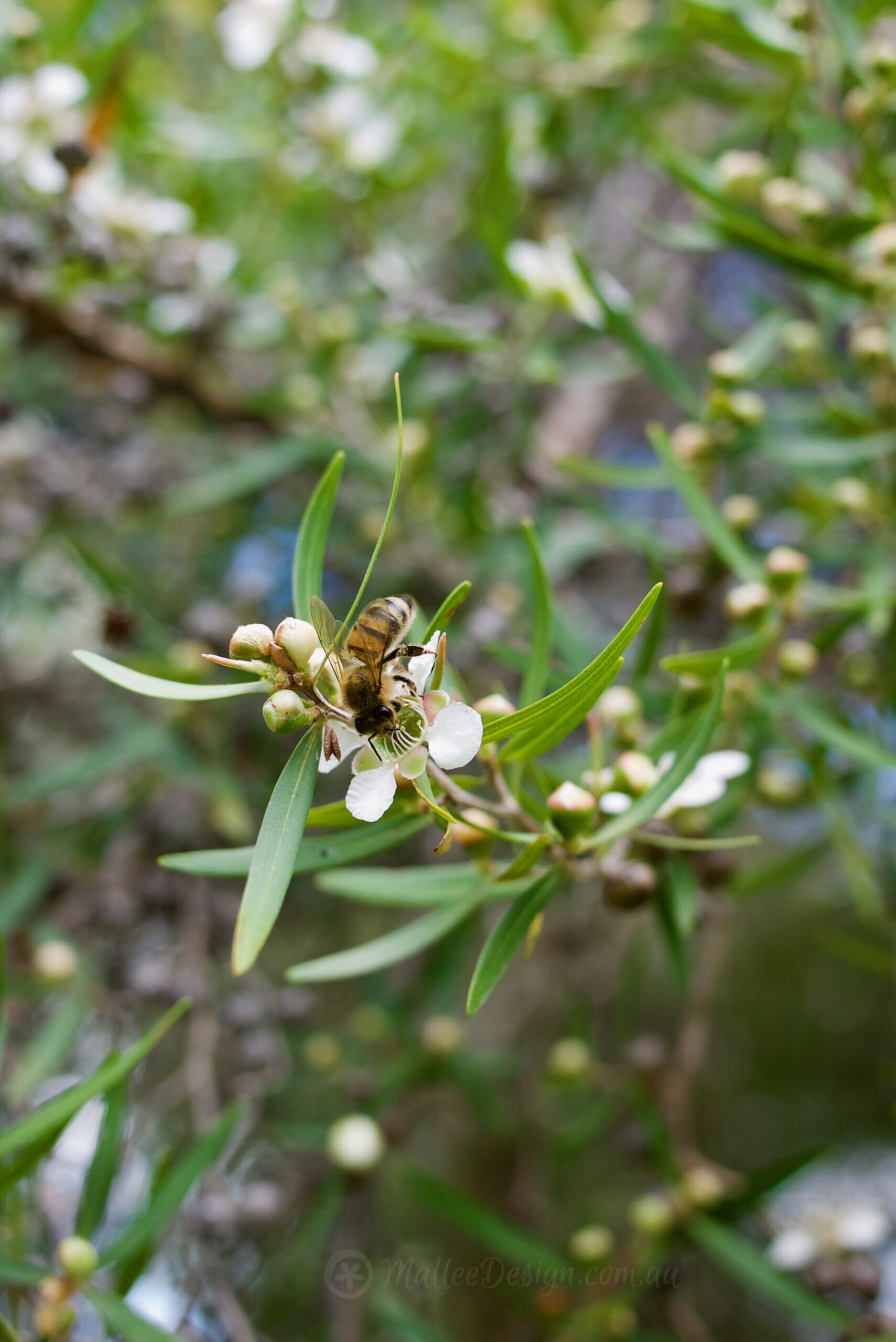
Small Scented Shade Tree: Leptospermum petersonii
I finally found a mature Lemon Scented Tea Tree to photograph which shows off its stunning weeping habit and shapely trunk and branches. Leptospermum petersonii really does make a wonderful small feature shade tree in the garden, the strong thick branches spread the canopy wide making it an excellent climbing tree! The soft, pendulous branches…
-

Luscious green screen: Myoporum acuminatum
Some native plants are just so useful and practical I really don’t understand why we don’t see them being utilised everywhere…. and Myoporum acuminatum is one of them. It is a mystery to me why this very fast growing , dense small tree or large shrub is not used more often in our residential streetscape…
-
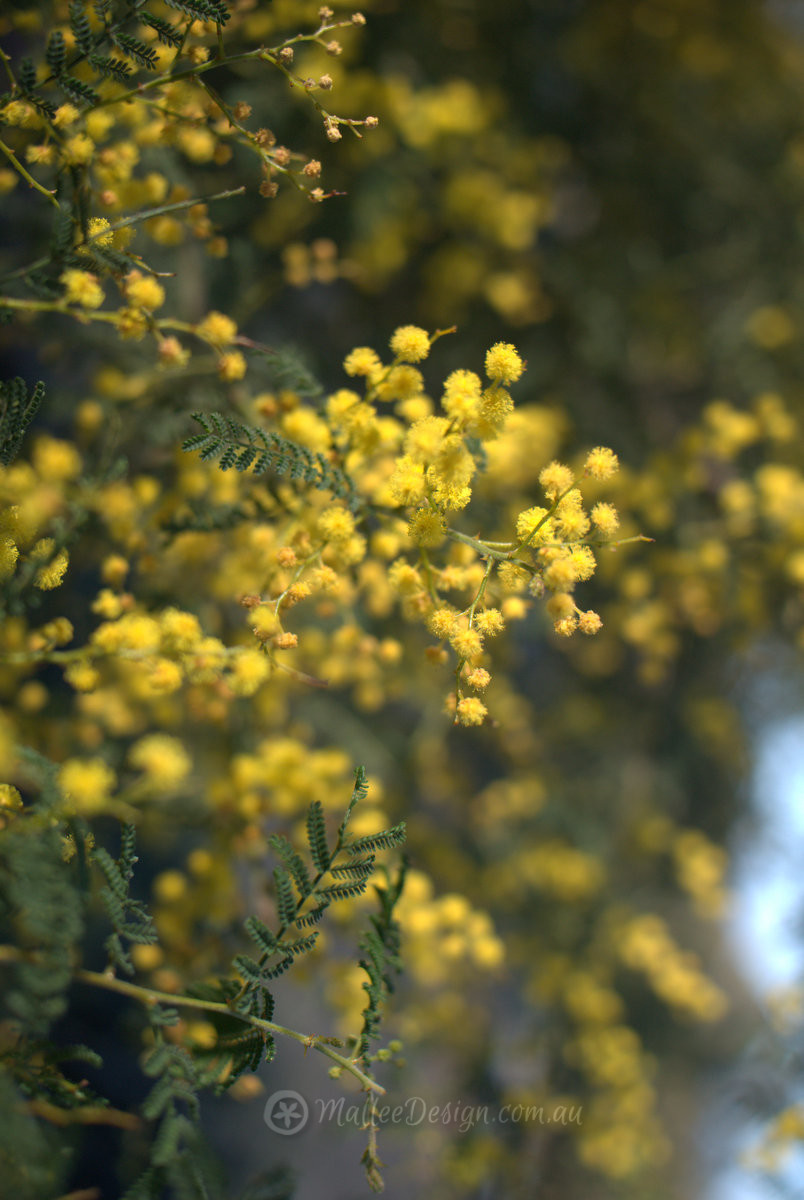
Yum Yum: Acacia cardiophylla
This is a wattle close to my heart, it is one of the most strongly perfumed Australian native flowers I have come across, but not in a over-powering sweet, honey-nectar way, it is more of a Boronia type scent…yum, yum… This is also a very useful Acacia for its capacity to withstand strong winds, I…
-

Woolly Pomaderris should be seen more often: Pomaderris lanigera
This is a plant that whenever I see it in the bush or in a garden situation I wonder why I don’t use it more often, I love the soft fury leaves and large structured panicle heads that hold hundreds of tiny nectar rich flowers. The stems and new leaves are a deep bronze and…
-

Shady Winter Purple: Hovea acutifolia
Hovea acutifolia always takes my breath away when I see it in full bloom, it is quite something. For most of the year it is an almost nondescript medium sized shrub that is useful for filling shady spots in the garden. Then BAM it covers itself in these happy little purple flowers that are almost…
Tag: Quick growing


